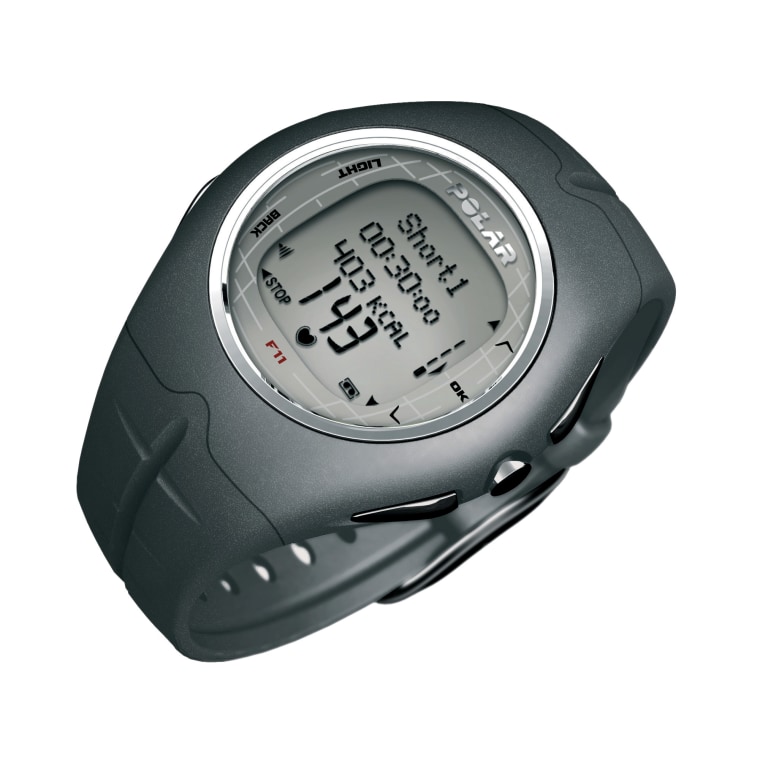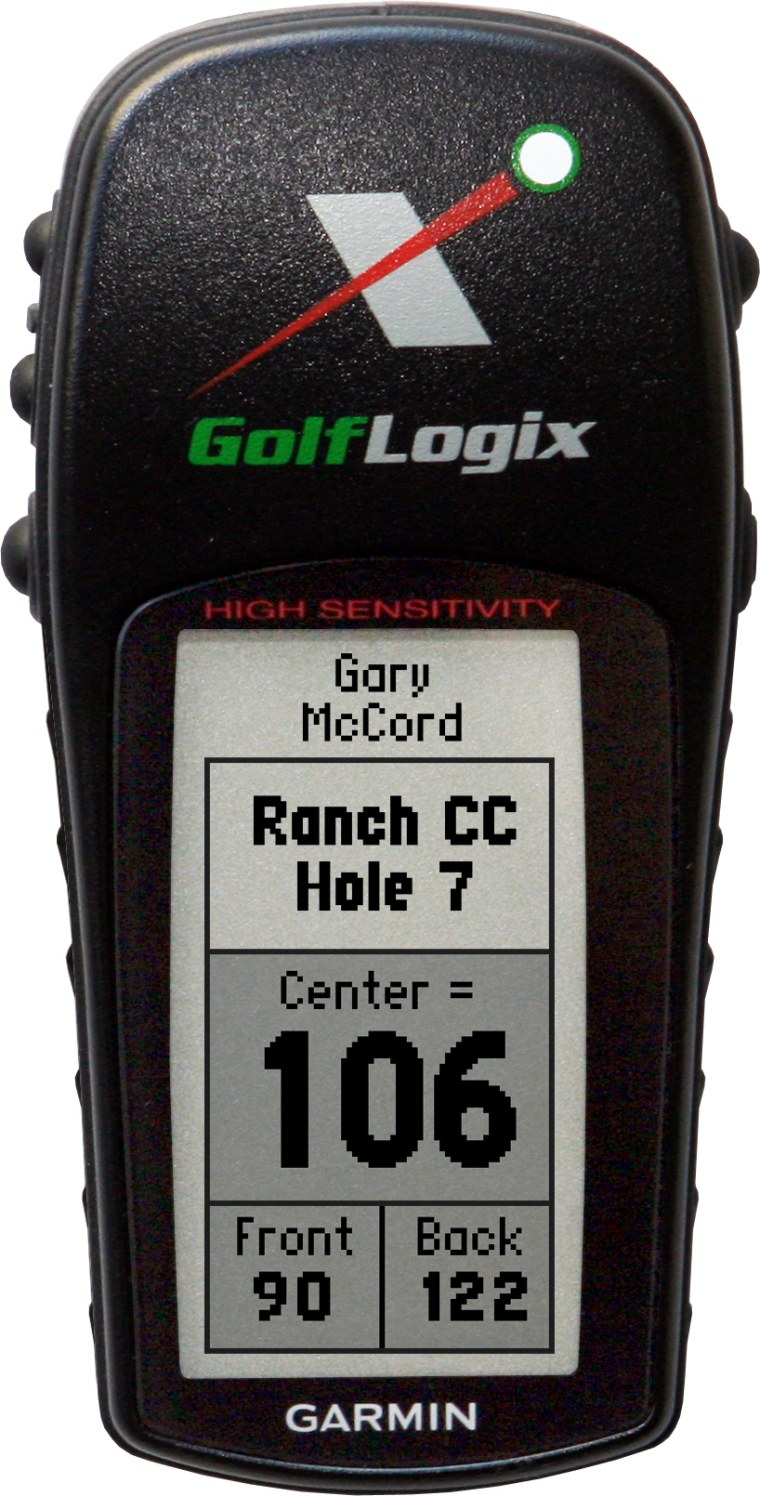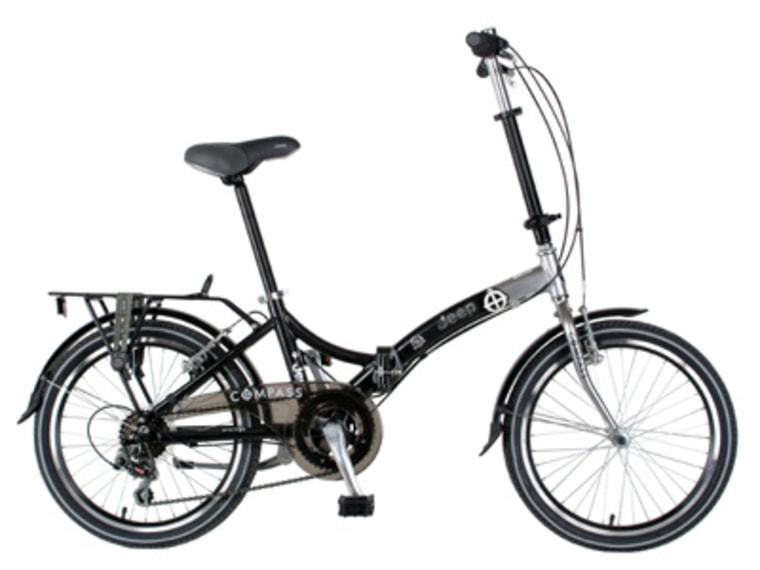Being outside is one of the best benefits of summer, and there are tech tools out there that can make the workout go smoother, push you to achieve more and help measure your rate of success.
“Any kind of technology, whether it’s a heart rate monitor or an iPod or a pedometer, can be very, very helpful,” said Michael R. Bracko, a sports physiologist and director at Calgary’s Institute for Hockey Research.
“Anything that can make and keep a person motivated to exercise is bang on. It also takes their mind off the actual exercise, so they focus on the music or how fast they’re going — it’s exercise intensity incognito.”
Heart monitors are good indicators of how hard you’re working out — and can help gauge improvement in fitness as you progress. Bracko said monitors help beginning exercisers from working out too hard, and keep more experienced folks going as hard as they can to get the maximum benefit.
As exercise intensity increases, oxygen consumption and heart rate increase. Seeing that information via a monitor allows you to exercise at the ideal rate, getting the most out of your workout. The more fit you get, the less hard your heart has to pump. A lower resting heart rate means something good is happening.
“Generally, when people have some kind of tracking device, it helps keep them motivated and gives them a way to set goals on what they need to be doing,” said Dr. Scott Crouter, an assistant professor at the University of Massachusetts’s Department of Exercise and Health Sciences.
While heart rate monitors have been around since the 1980s, there have been many improvements since then, he said.
“These (devices) can range from simple pedometers to (those costing) several hundred dollars,” Crouter said. “You can get into things like heart rate monitors, which are geared more toward recreational and higher-end athletes, to make sure they’re working at the right intensity, to GPS units used by hikers and runners to track mileage, to sensor armbands that give you an estimate of energy expenditure.”
Downloading the data
There are some wireless heart rate monitors, from those that relay information from a transmitter worn underneath clothing, to watches that have less interference with other heart rate monitors. Stored data can now be downloaded and analyzed using software that didn’t exist in years past.

The Polar heart monitors consistently rank well in the field, so they’re a good place to start. The Polar F11 ($169) has a “Keeps U Fit™ — Workout Program” that acts like a personal trainer. It determines your fitness level, tracks improvements and counts calories and fat burned.
A more economical choice with hardly any bells and whistles — but one that does the job — is the Omron HR-100C ($40).
Pedometers, which measure the number of steps you take, are also helpful. A typical range per day is under 5,000 steps for someone with a sedentary lifestyle; about 8,000 steps for a person who’s somewhat active, and 12,500 steps for a highly active individual. About 10,000 steps per day are considered reasonable for healthy adults.
Accuracy is the key component in finding the right pedometer for you.
The Accusplit Eagle AE120XL ($15) is a bare-bones pedometer, but does the trick. ConsumerSearch.com calls the Yamax Digi-Walker SW-200 ($20) the “gold standard” of pedometers. If you want a little extra something, the Yamax Digi-Walker SW-701 ($25) also measures distance, as well as steps taken.
GPS help for golfing
For golfers, distance is key in quests for Tiger Woods-like perfection.
Garmin’s GolfLogix ($300) is a handheld GPS system specific to golfers. It displays the distance in yards to the holes and to the hazards, helping you select the right club to close the gap and sink the shot.

You just have to download the course you’ll be playing on, and you can using the unit’s software, which has more than 15,000 courses available. Each unit holds information on up to 20 courses, if you’re thinking of making a summer’s worth of play a reality.
For more ideas on how fitness and technology can converge, check out the Fitness Gadgets blog, which has some innovative products, like the Xip3 Hybrid Revolution Gear ($250), which converts an outdoors jacket into a functional, small day pack and pillow; or the Jeep Compass folding bike ($270), which solves the problem of fitting something usually awkward-shaped and sized into your car without having to remove a wheel or install a roof rack.
“Some devices come with software or cards that have programmed workouts; some can even be plugged into a treadmill or other exercise machine to guide you as you exercise, providing prompts and variety,” said Christina A. Geithner, a professor in the department of Exercise Science at Gonzaga University in Spokane, Wash., and chairwoman of the American College of Sports Medicine’s consumer information committee.
“Some can also record your workout distance, time, etc. electronically, and then you can download that information to your laptop or to a designated program or Web site for tracking and other analyses.”
If nothing else, take your iPod on your workout.
“Music is a great motivator for exercise, and you have a choice in what you listen to for the type and pace of activity you are engaging in when you use these devices,” said Geithner.
“Consider your safety and how important it may be to have auditory information in the environment in which you are active. Make sure you follow the rules of the road — pedestrians and runners move against facing vehicular traffic as far off the road as possible; cyclists move with/in the same direction as vehicular traffic.”
